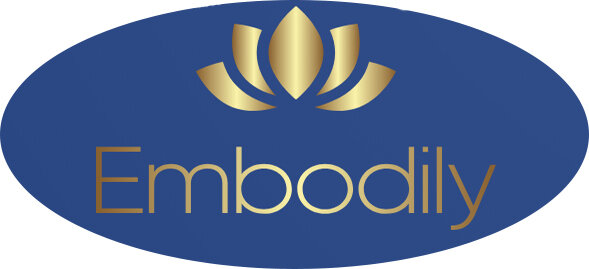Aware-Action
Recognizing our embodiment helps our understanding of wellbeing through the concept of being in the zone, or the flow state. This is key for forming our wellbeing values, necessary for establishing the connection of movement to cultivating our minds and bodies to the best of our abilities. The explanation of sensations can be further developed when pleasure is added to show how movement can be thought of as a type of sensation, which relates to the concept of how exercise fits into the model of the mind and body connection and our embodied states. The philosopher Merleau-Ponty from the start portrays the connection of the mind and body. He writes, The union of soul and body is not an amalgamation between two mutually exclusive terms, subject and object, brought about by arbitrary decree. It is enacted at every instant in the movement of existence. We found existence in the body when we approached it by the first way of access, namely through physiology (Phenomenology 102) This is an important conception where the recognition of the embodied state is one shown especially through movement. This will be useful to understanding the context of why movement helps to cultivate this connection even further.
A holistic view of the body is fundamental in this day and age. Reforms to healthcare should recognize this connection in order to provide opportunity for further advancements to be made in the societal context. Wellbeing demands preventative care and doctors who work together to form uniform, collective opinions and diagnoses rather than sending a patient from one specialist to the next with no communication between the specialties. The concept of wellbeing can be extended into the need for schools to reevaluate the importance of physical education and health programming for all students, as well as for government to recognize the preventative value of healthcare for all citizens. Health is an integral aspect of living a good life and a measure of success; the importance of wellbeing through action must be recognized.
It is through the process of moving that people gain more benefits than just wellbeing. A side effect is that people gain new skills such as time management (following through on priorities), or responsibility (doing what is good for themselves for a higher cause). If people walked around engaged in a constant state of flow they would feel genuine connection with their state of being.
There are misconceptions about physical activity and what is good and what is bad. While there are levels of movement, exercise is also something personal and individual in respect to the outcomes. No matter what activity people choose to engage in they have the opportunity to achieve flow. If people learn to enjoy what they do, and to enjoy their actions then they can achieve flow and experience it both mentally and physically.
It is necessary to establish a common language to clarify the meanings or definitions that describe terms used in advocating movement. Words such as exercise, physical activity and even movement have associations that may carry stigmas that could detract from understanding. For this reason I introduce the term, aware-action, which I define as an intentional action that one undertakes, which actively engages the body and aligns one with the potential to achieve the state of flow or being in the zone. Aware-action is my word for a movement that is physical. Aware-action is essential for wellbeing. Aware-action can only be achieved through a mindset that acknowledges that one must actively engage their embodied state and recognize that flow is the way to ultimate wellbeing. It could be going for a walk for an older adult or running a marathon, competing in a sports event, playing Frisbee in the park or attending a Zumba class. Aware-action cannot be achieved through an action like brushing your teeth or going to the refrigerator to get a beer.
Wellbeing is a state of being that depicts what it is for a human being to live a good and meaningful life. Wellbeing integrates the body and its movement with the mind and acknowledges the importance of embodiment. Wellbeing is the ultimate goal. It can be achieved through action-motion, which activates the flow possibility. If you achieve flow then you definitely achieve wellbeing. As embodied beings, in order to achieve wellbeing, it is necessary for us to engage in aware-action, specifically achieving the “in the zone” flow mentality. The concept of flow explains the means to achieving wellbeing through our actions. Total wellbeing requires aware-action and it is a mistake to avoid intentional movement.
